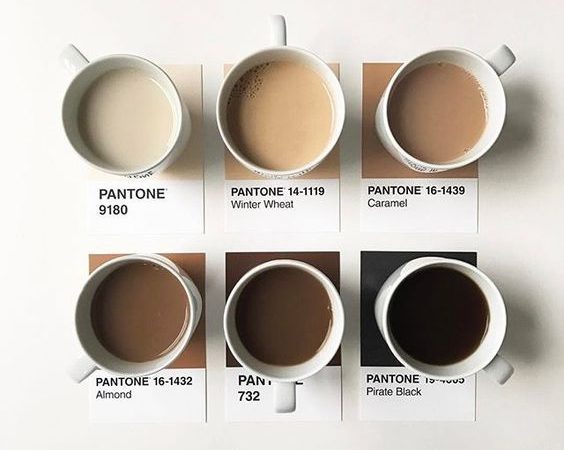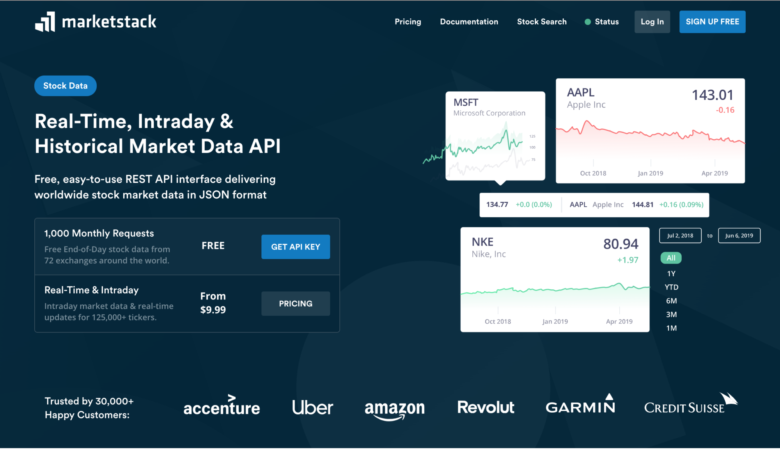You hear it time and time again: content is king. It’s king because it’s what users want, and it’s king because of SEO – i.e. if you don’t have good content, you’re not going to rank.
Of course, not all content is created equal. While over-optimizing content for search will make it less than user-friendly, focusing too much on usability can compromise its searchability.
So how can your content walk the line between SEO and usability? Well, there are 5 easy tips you can follow when trying to walk your content down that fine line between SEO and usability.
1. Length of On-Page Content
The ideal minimum length of page copy for SEO purposes is 250 words. So where your user experience permits, you should have 250 words (or more) of actual inline content – i.e. not headers, not sidebar content.
That being said, 250 words is just a minimum. As a general rule, the more content the better. In fact, I’ve personally noticed that when a page has 1,000+ plus, it has a much better chance of ranking for the keywords that it’s optimized for.
Of course, there are pages where it doesn’t really make sense to have so much content. In such cases, 250 words of content would disrupt the user-experience and push interactive features below the fold.
Some examples of this are a category pages on blogs or ecommerce sites. In these cases, you might want to optimize the categories for a certain niche/vertical of keywords, and added 250 words of text at the top of the page would help.
But from a usability standpoint, categories exist so that users can navigate/browse products or content within a category. So adding 250 word of text would disrupt the user-experience by pushing those product/article links below the fold.
A decent compromise in such cases is to insert a bit of static content at the top of main-content area of your category pages. Generally, 300 characters (about twice the length of your page’s meta-description) is enough to (1) get some descriptive keywords on the page, but (2) keep the category links/listings well above the fold.
2. Scanable Line Paragraphs
Knowing that you want at least 250 words on each page, how do you make that content as usable as possible? That is, how can you make it scanable so that users are not deterred from actually reading it?
As a rule, you should aim for 3-4 line paragraphs (2 sentences). Of course, in some circumstances, a paragraph warrants more than 2 sentences. But by keeping paragraphs within 3-4 lines (5 lines max), you can create a text-experience that users can easily scan, making them more likely to actually consume the content.
3. Headers
Now, what do you do if you have more than 250 words on a page? If you’re talking about more than one product or service? How do you keep the user engaged?
Well, you do that by structuring your content. Basically, you should section off your content using header tags (e.g. <h2> and <h3>). This will create a break in the content that (1) makes it seem easier (i.e. ‘not as long’) to read, and (2) provides visual cues to pull the user’s eye through the content.
From an SEO perspective, moreover, the keywords in headers help you clue search engines into what your content is about. For example, three headers might tell search engines that three different (but related) topics are being discussed on the page.
4. Keyword Density
Keyword density is how often a keyword appears on a page. Depending on who you ask, the ideal keyword density is anywhere from 2%-5%.
The only problem with this is that even at the low-end, this can make for unnatural prose. For instance, if a keyword makes up 3% of all words on a page, the user will probably notice that that keyword appears quite often. In fact, it will make your copy seem robotic, non-compelling, and generally spammy.
Where you can fit in these extra keywords, however, is in your header tags. Indeed, by using keyword variation to draw up optimized header tags, you can gain an extra 1% of keyword density without making the actual copy seem contrived and unnatural.
5. Bullet Lists
One of the biggest copy tradeoffs between usability and search is bullet lists. While bullet lists help make content more scanable, search engine regard them as “broken content” – meaning that they don’t quite count as much as other page copy when it comes to their keyword density. There are two ways to get around this.
First, you can use a bullet list at the top of the page to outline the page’s content. This will help cue the user into what they can expect as they read through the page, which will help them better navigate the content.
If you do go this route, however, make sure that (1) you have 2 sentences/3 lines preceding the bullet list, (2) you have another 2 sentences/3 lines following it, and (3) there is a minimum of 250 words of “unbroken” content on the page. This will not only put the bullet list in context for user, but it will help ensure that search engines properly index the page.
Alternatively, you can simply place a bullet list further down in the content, as part of the one of the subsections. If sufficient content precedes a bullet list, that bullet list is less likely to factor large into how that page is indexed.
Content: Kings & Jesters at Court
A general rule to mitigating tradeoffs between search and usability is developing content for humans, not for search bots. After all, at the end of the day, search engines are out to provide users (real human beings) with the most relevant content available.

If you take every possible step to optimize your site for search, chances are you’ll produce some rather non-user-friendly content. And the paradox there is that the less user-friendly content is, the less engaging it is, and the less likely it will be to attract backlinks or go viral.
So you should always think of the user before you think of the search bots. But always keep in mind that there are some elements you can add to a page that both increase usability, and help optimize your page for SEO purposes.







nice shorty 🙂
Hello there, personally I am of the opinion you should not be overly concerned with anything other than human readable content. I guarantee you guys like Seth Goddin or the rest of the guys at the top don’t worry about anything other than killer content. The reason being that other people do your link building for you. Quality is better than quantity IMO. This of course requires talent and is very expensive and time consuming to make. On top of this Google changes, length of copy plus density is not going to stay consistent.
I guess it depends on the kind of copy you create, and the goal of that copy. After all, business websites needs copy, too, and no one expects product pages to go viral.
But yes, if the goal of you copy is build readership, the talent behind it be key.
You can keep the killer copy in headers at the top of the page, to make sure that people read it. How many readers actually scroll down to read the complete article is said to be quite low, isn’t it?
nice and very useful tips specially the mention of minimum page copy and keyword density.
Nice refresher. As of lists: do both numbered and bullet lists ignored by search engines? Thanks.
They aren’t ignored by search engines, per se. They just get less attention. So if you only have a bullet list on the page, that page will be harder to rank. And yes, it applies to both numbered and bulleted lists.
Nice! Sent it to our Copywriters, they could use the reminder 🙂
Going off my David Radovanovic’s question.Bullet lists ignored by search engines? Because I have a seo optimizing tool that kept giving error about not having enough word density and and page content. Stated in the article you should have at least 250 words, and when I was writing my copy in Microsoft word I had over 600 words, which are populated with keywords. Also I’ve used a heavy about of bullets that I believe will be user friendly. So my question is, my use of bullets is it causing the error?
Bullets are fine as long as there is other content on the page. As I mentioned in my reply to David Radovanovic above, if your page only has a bullet list, that will impede that page’s ability to rank. Generally, bullets should be used to increase usability/scanability, but not be relied on to fulfill content requirements.
I don’t know what tool you’re using, but it seems that it’s talking about “keyword density” — i.e. how many times a keyword appears on the page. So that has nothing to do with the length of your copy.
Depending on who you ask, a good keyword density is anywhere from 2-5%, but even at 3%, your copy will seem awkward and robotic — i.e. like you’re repeating the same word too much.
This is why page titles, meta descriptions, and headers are so important: they allow you to beef-up your keyword density without making your actual content seem like it’s been keyword stuffed.
nice.. thx..^^
Some good tips I was unaware of. Curious to know is there any factual info, data or sites to back up the list issue? Didn’t know about that.
And for us non creative writing people it’s hard enough to come up with 500 words let alone a thousand. LOL
useful tips you sharing. thanks
Good advice – thanks!
That made very interesting reading, thanks for posting.
Very useful article. Good!
Great article. Something I learned in school was to create great scanable copy so that a user gets interested and stays.
can it be applied for seo to fight newly penguin algorithm?